There is simply no place like it. Kathmandu Valley is perhaps the greatest synthesis of Asian culture on the entire continent. Its legacy and influence span from its architectural contributions to religious architecture in the form of pagodas to its identity as a holy city of Hinduism and Tibetan Buddhism, directly and indirectly shaping the culture and aesthetics all over South, East, and Southeast Asia, a region containing half of the world's population. In my July 2025 trip to Nepal, I tried my best to cover it all.
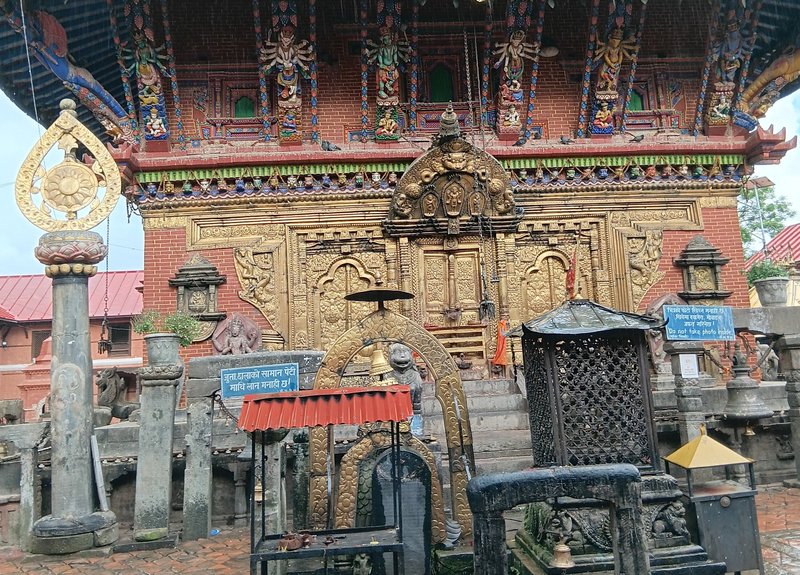
The story told by its most impressive remains starts in Changu Narayan, the oldest temple in the valley, as attested by carved stone pillars standing onsite. Starting at least by the 4th century CE, the era to which this temple dates back, the concept of the multi-tiered pagoda is believed to have developed here before spreading (mostly) to East Asia, influencing monumental architecture as far as Japan by the 8th century (see Horyu-ji) and beyond to Southeast Asia and the world beyond. Today, earthquakes have destroyed any pagodas from this time period, but some of the world's most impressive examples still stand to pass on the tradition. To me, the greatest one is the over 300-year-old Nyatapola on Taumadhi Square in Bhaktapur, a 5-story pagoda with a 5-story base, which has escaped damage from any of the recent earthquakes that have devastated many other monuments in the valley.
Meanwhile, probably the most richly decorated pagoda is the main temple of Pashupatinath, considered the holiest for all the Hindus in the region, crowned with gold-leaf-covered bronze roofings and carved silver doors. But every traditional Newari pagoda is a masterpiece in wood-carving. In temples dedicated to Shiva, you may find cheeky little Kama Sutra carvings in the wooden support pillars. Kathmandu Valley is not just the birthplace of pagoda architecture, but a pinnacle of it, as well. To me, it is comparable to great cities like Xian and Kyoto on this aspect alone.
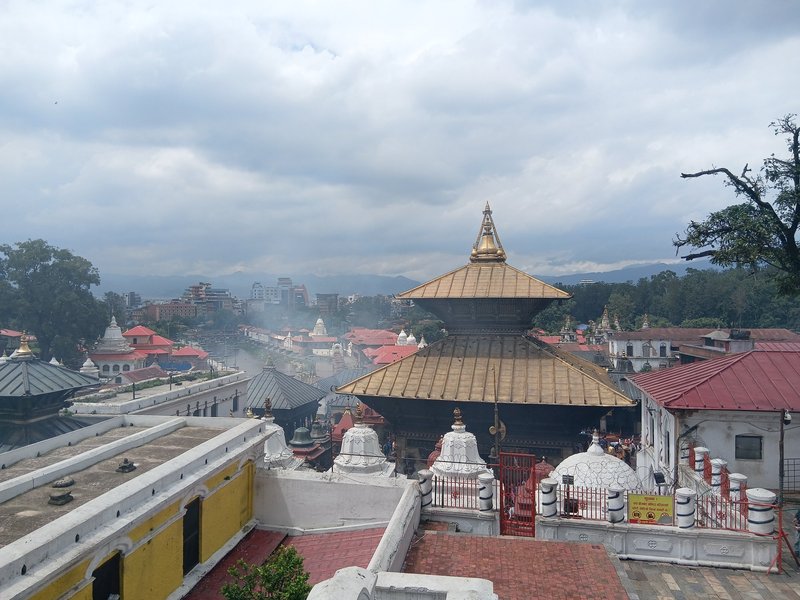
The Newaris were known for their fusion of beliefs of Hinduism and Buddhism. This is evident in that only South Asian Hindus and Nepali Buddhists are allowed to enter certain Hindu holy sites, such as the main temple of the Bhaktapur Durbar and in Pashupatinath. Devotees are still so numerous that queues form to enter these temples. Traditional Hindu funeral and cremation rituals still occur regularly, many times daily, at Pashupatinath's ghats on the holy (but dirty) Bagmati River. Here, the washing and wrapping of the body by the family is done on the upriver portion, but cremation only occurs here for the wealthy, while the ordinary people must burn their loved ones at designated sites downriver.
Nearby Boudhanath is bustling with Buddhist pilgrims, some spinning the prayer wheels as they circumambulate the big stupa, the even more dedicated making a full round by prostrating. Swoyambhunath, on the other hand, is bustling with monkeys. This oldest stupa in the valley sits peacefully on a hilltop with a mighty view of the city. Altogether, the valley holds an extremely active collection of religious sites that demonstrate the range of vibrant devotion on this side of the world.
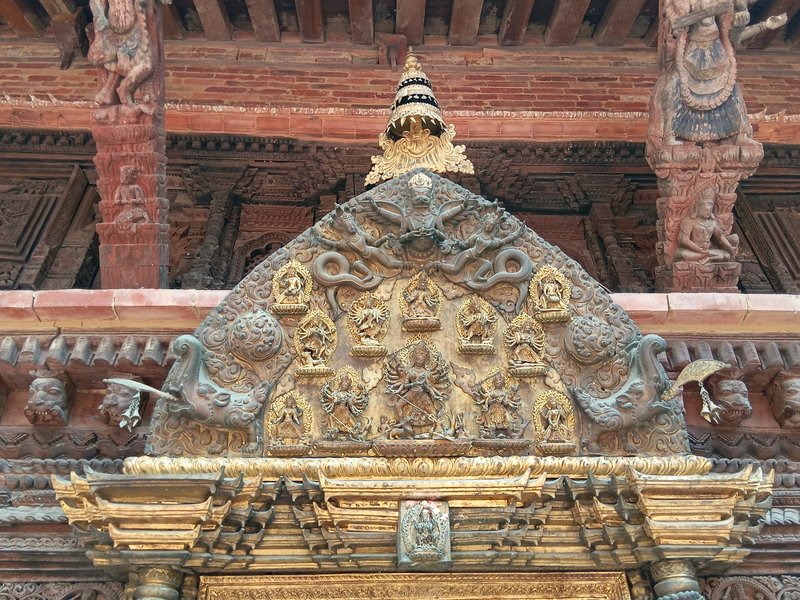
The three Durbar squares, containing many temples in each of them, are also some of the most interesting urban ensembles I've ever experienced. Bhaktapur is home to a historic center that would deserve world heritage status all by itself, but the official WHS boundaries apparently contain only a small contiguous area taking up the Durbar and Taumadhi Squares and a separate, smaller zone encompassing the Dattatreya Square. These do encompass the vast majority of important monuments and even detail highlights such as the famous Peacock Window. While here, be sure to taste the famous juju dhau, a creamy yogurt specialty of Bhaktapur sold in traditional clay vessels. Patan Durbar Square is probably the smallest of the three, but it is extremely packed with masterful carvings as it is known as the city of the finest artistry of the three. Intricate metal carvings can be found here, especially decorating the palace complex, which is the most intact here out of the three. Patan was the least affected of the three historic cities by the recent earthquakes, so most of the monuments still standing here exhibit high integrity and authenticity. Most impressive are the Durbar and its courtyards, with its upper floors occupied by the Patan Museum, and the stone shikhara masterpiece temple: Krishna Mandir. The Hanuman Dhoka Durbar Square in Kathmandu is often the least popular of the three, with the 20th-century Western-style palace in its center, but I really enjoyed climbing to the 9th story of the traditional Durbar building beside it. The square north of the palace complex is notably very dense with little temples, all in the shadow of the towering Taleju pagoda. On the other side of the complex is the Kumari Ghar, where the Living Kumari appears to guests in the inner courtyard at certain times of day. The rest of Kathmandu, outside of the WHS, is littered with little shrines, pagodas, and stupas every few hundred meters.
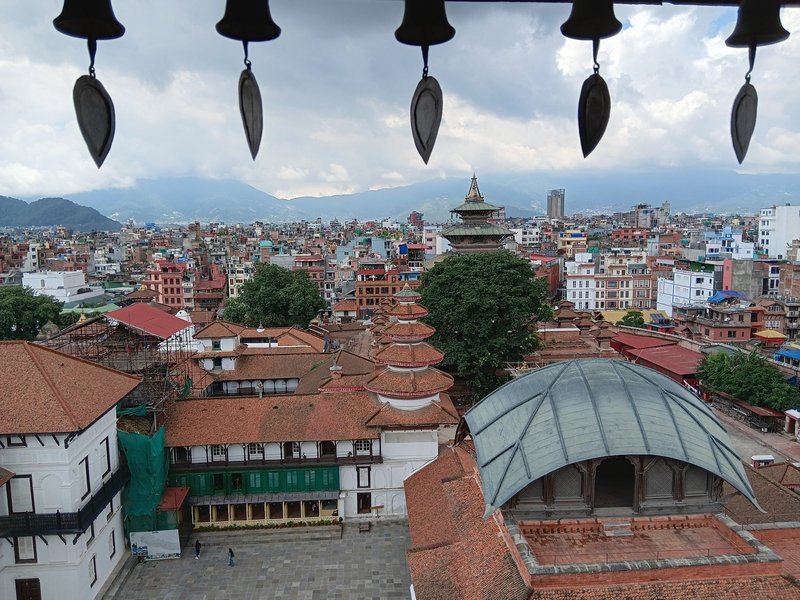
Of course, Kathmandu Valley has its fair share of problems too. For tourists, the traffic, pollution, and increasing commercialization of the WHS sites all detract from the visiting experiences. At every site, I was approached by touts offering, often aggressively, their guide services. Some were good at their job (these often being government-accredited, but their high official rates can be bargained down), while others were downright scammers. It is difficult but possible to turn these guides down; I found that saying it was my last day in Nepal and I had no cash left often discouraged them sufficiently. Still, the high entrance fees for the Durbar Squares plus the persistent touts rapidly wore down on my wallet, and sometimes, my mood too. Additionally, damage from the recent earthquakes has rendered many of the monuments, especially in Kathmandu and Bhaktapur Durbar Squares, modern copies of their original selves, and this may be evident by the different colors of wood in the temples' carvings; you can tell based on this if the carving is original or made after the 2015 earthquake. Of course, the splintered nature of the site is due to the rapid urbanization of the valley as the capital of Nepal. For all of these reasons, I could not give Kathmandu Valley my highest possible rating, but I still found it to be one of the most impressive and intriguing corners of the world I've ever visited.
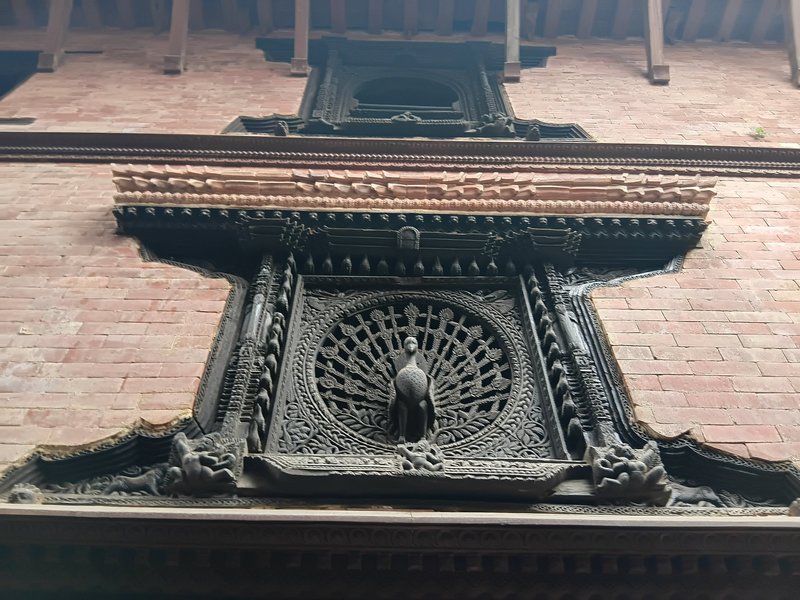
More on
Comments
No comments yet.
